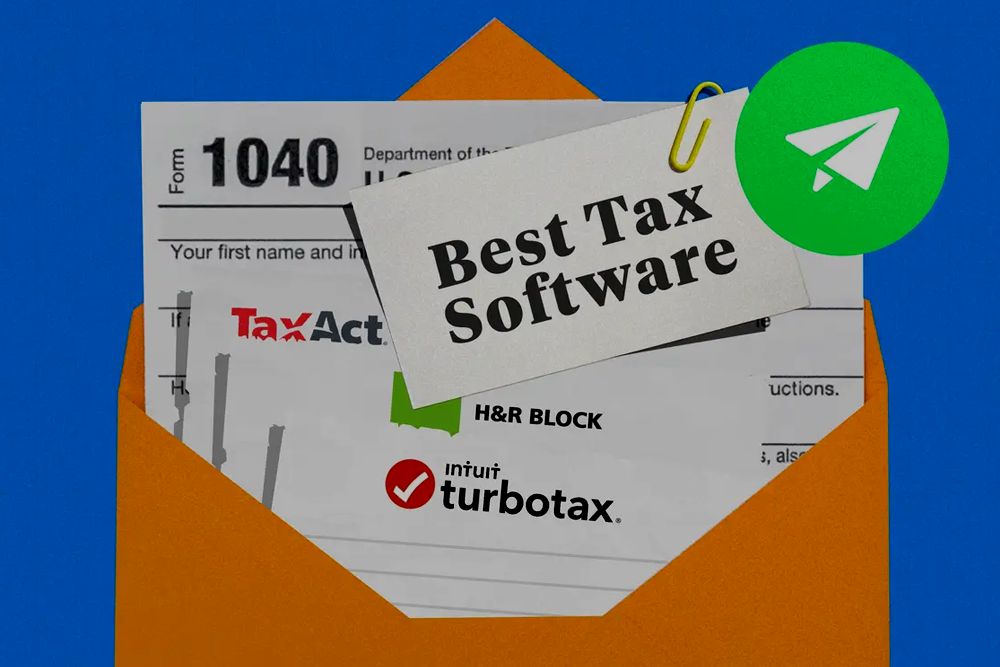
What is a tax deduction?
Tax deductions are also called tax write-offs- they lower your taxable income so you will pay less overall. You deduct the amount of tax deduction from your income, making your taxable income lesser—the lower your taxable income, the lesser your tax bill. Tax deductions are different from tax credits. A tax deduction decreases your taxable income, but a tax credit lowers the amount of taxes you owe the IRS.
Calculating your AGI (Adjusted Gross Income)
Typically, deductions are calculated from adjusted gross income. Are you aware of how much money you make annually? What about the amount you put toward your retirement. The IRS utilizes this information and more to calculate your adjusted gross income, which is the starting point for identifying your tax bill. Your adjusted gross income includes your dividends, alimony, wages, business income, and retirement distributions. If you have paid student loan interest, contributed to a traditional IRA, or paid into a health savings account, those expenses are deducted. And what is justify over is your AGI.
What have been the effects of the 2017 tax cuts and jobs act?
In late 2017, Congress adopted the tax cuts and Job Act, a sweeping overhaul of the federal tax code. The main change impacting everyday Americans was the standard deduction: prior to 2018, it was $12, 700 for married couples filing jointly while for single filers, it was $6,350. Under the new law, it almost doubled. For 2019 taxes, it was 12, 200 for individuals and $24,000 for married people who file a joint return.
Whereas the 2017 changes were good news for some people, they came at the expense of various popular deductions that were removed. These incorporate:
- Unreimbursed work expenses
- Job search expenses
- Alimony for the person paying spousal support
- Home equity loan interest deduction, not unless the loan is used to enhance the home
- Job-related moving expenses for non-military
How to claim tax deductions?
Typically, there are two ways to claim tax deductions. Itemize deductions and standard deduction. And you can not do both.
The standard deduction
Typically the standard deduction is a flat dollar; no-questions-asked reduction in your Adjusted Gross Income. The amount you qualify for is dependent on your filing status. People who are blind or over the age of 65 get a bigger standard deduction.
Itemizing deductions
Itemizing allows you to cut your taxable income by taking any of the hundreds of available tax deductions you are eligible for. Basically, the more you can deduct, the less you will pay in taxes.
Itemized vs. Standard deductions: Should you itemize or take the standard deduction?
Still, several itemized deductions remain in play. Whether you select the itemize or standard deductions is based on your personal situation. If your prospective deductions equal more than the standard deduction, itemizing will reduce your taxable income and save you money. Here is another way to contemplate it: If you are a young, single person, healthy with a full-time job, and you rent rather than own a house, you will almost certainly take the standard deduction since your deductible expenses possibly will not total more than $12,200. However, if your financial profile is more sophisticated, think property taxes, mortgage, medical expenses, then you may benefit from itemizing. Note that the standard deduction went up significantly in 2018, so you may find that it is the better option for you now even though you have itemized it in the past. Your tax advisor or tax software can run both ways to check which method generates a lower tax bill.
4 Popular tax deductions for itemizers
If you are considering itemizing, you need to know what is and is not tax-deductible. Here are some common deductions.
Charitable Contributions
If you gave goods or money to a charity during the year, you could be eligible for a tax deduction. The company must be designated as a nonprofit by the IRS. Often these are charitable, educational, and religious groups. There are some restraints on what you can include in this deduction. For instance, if you donated to your local PBS station and offered you a thank you cap, you cannot deduct the value of the cap. So if your subsidy was $100 and the cap was worth $10, you can only subtract $90 on your tax return. Moreover, you can only deduct charitable contributions up to fifty-percent of your AGI. But there are additional limits based on the company. Donations to colleges, hospitals, and churches qualify up to fifty-percent of AGI; however, contributions to fraternal societies and veterans’ organizations have a lower cap-only thirty percent of AGI. You can deduct expenses from charitable work.
Mortgage interest
The interest you pay on your house mortgage can be a lot of money, specifically at the beginning of the loan. Fortunately, you can subtract that interest from your taxable income. This is applicable for a loan up to $750,000 or $375,000 if you are married filing separately through 2025. If you purchased your home on or before December 15, 2017, you could subtract mortgage interest on debt up to $500,000 or $1 million if you are filing separately.
Property taxes
The 2017 tax reform put new restrictions on property tax deductions. Starting 2018, you can deduct state and local taxes up to $10,000 or $5,000 if you are married filing separately. Those caps are for local income, state, sales taxes, and property combined.
Medical expenses
If you had notable medical expenses last tax year that were not reimbursed by insurance, you could get a deduction. The bills should equal ten percent or higher of your AGI to be eligible for the deduction in 2019. Still, you can only deduct the amount above ten percent of AGI.
Qualified medical expenses include:
- Prescription or reading glasses or contact lenses
- Service animals, wheelchairs, hearing aids, crutches, dentures
- Acupuncture
- Transportation to and from medical appointments
- Prescription medications
- Addiction programs
- Nursing home care
- Hospital stays and visits
- Bills paid to dentists, doctors, chiropractors and more
Popular deductions you can claim with the standard deduction
Even though you do not itemize, there are some valuable deductions you can still claim. These are known as above the line deductions.
Educator expenses
The IRS enables k-12 teachers to deduct up to $250 for educator expenses like classroom materials.
Moving expenses for Military
Members of the military qualify to deduct moving expenses from their taxable income. In prior years, civilians could also deduct moving expenses; however, the deduction is now limited to military personnel.
Student loan interest
Provided you paid interest on your student loans, you could subtract up to $2,500 in interest payments if you make less than $70,000 for every filer or $140,000 if you are married filing jointly. Above that, the subtraction phases out; however, those earning up to $85, 000 as single filers, or $170,000 for married couples can get a decreased deduction. This only applies for individuals filing their returns; if you are still listed as a dependent on your parents’ tax return, you cannot claim the student loan interest deduction. You also cannot claim this deduction if your debt is not in your name. Thus, if your parents took out the loan on your behalf, they will get the deduction instead.
Health savings account contributions
Health savings accounts, also called HSAs, are accounts you can utilize to save for medical expenses if you have a high-deductible health insurance program. A high-deductible program is defined as one that has a minimum deductible of $2,700 for a family or $1,350 for a single person. You can subtract contributions of up to $3, 5000 if you are single or $7,000 for a family in 2019.
IRA contributions
You can get a tax deduction if you contribute to a traditional IRA as part of your retirement savings portfolio. However, your eligibility depends on how much money you can make and whether you or your spouse has an employer-sponsored retirement program. Ask the IRS guidelines for those income limits.













